 Background
Background
The General Assembly, in its resolution 57/129, designated 29 May as the International Day of United Nations Peacekeepers. This is the date when in 1948 the first UN peacekeeping mission named the « United Nations Truce Supervision Organization », or UNTSO, began operations in Palestine. On this day, we pay tribute to the professionalism, dedication and courage of all the men and women serving in UN peacekeeping operations, and honour the memory of those who have lost their lives in the cause of peace.
Since the first UN Peacekeeping mission was established in 1948, 3,800 military, police and civilian personnel have lost their lives in the service of peace as a result of acts of violence, accidents and disease. On 29 May, UN offices, alongside Member States and non-governmental organizations, hold solemn events to honour fallen peacekeepers.
At the UN Headquarters in New York, the Secretary-General presides over a wreath-laying ceremony in honour of all peacekeepers who lost their lives while serving under the UN flag. In addition, the Dag Hammarskjöld Medal is awarded posthumously to the peacekeepers who have fallen while serving in the cause of peace, during the preceding year.
UN Peacekeeping operations use the Day to strengthen bonds with the local populations that they have been deployed to serve. For example by holding sporting events, school and orphanage visits, art and essay competitions, photo exhibits, neighbourhood clean ups, tree plantings, concerts, and conferences and workshops on peace issues.
Source: Text & Image: https://www.un.org/en/events/peacekeepersday/background


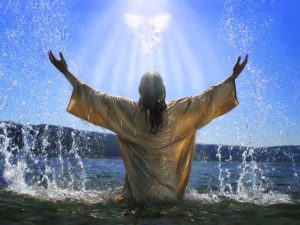


 Turtles are a type of reptile that exists in many environments throughout the world and have found their way into literature, poetry, and parable throughout the world’s history. World Turtle Day celebrates these noble reptiles and their place in the world and encourages people to take action to help protect both the common pet turtle and the ever endangered sea turtle.
Turtles are a type of reptile that exists in many environments throughout the world and have found their way into literature, poetry, and parable throughout the world’s history. World Turtle Day celebrates these noble reptiles and their place in the world and encourages people to take action to help protect both the common pet turtle and the ever endangered sea turtle.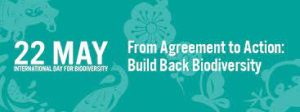
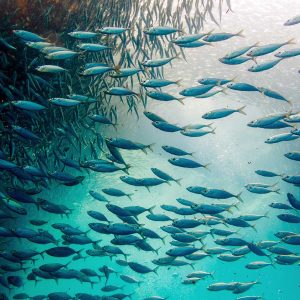
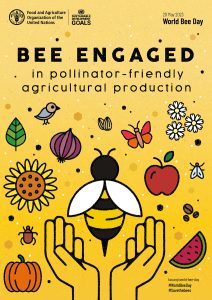 We all depend on the survival of bees
We all depend on the survival of bees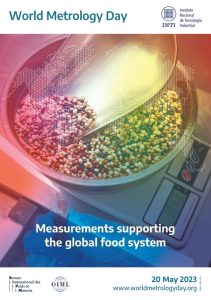 Measurements supporting the global food system
Measurements supporting the global food system The anecdote is well known of the space exploration of a Russian cosmonaut.
The anecdote is well known of the space exploration of a Russian cosmonaut. Combating discrimination on grounds of sexual orientation and gender identity
Combating discrimination on grounds of sexual orientation and gender identity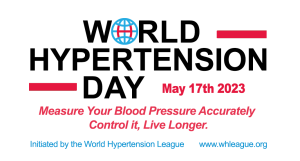 17 May is World Hypertension Day – check your blood pressure
17 May is World Hypertension Day – check your blood pressure